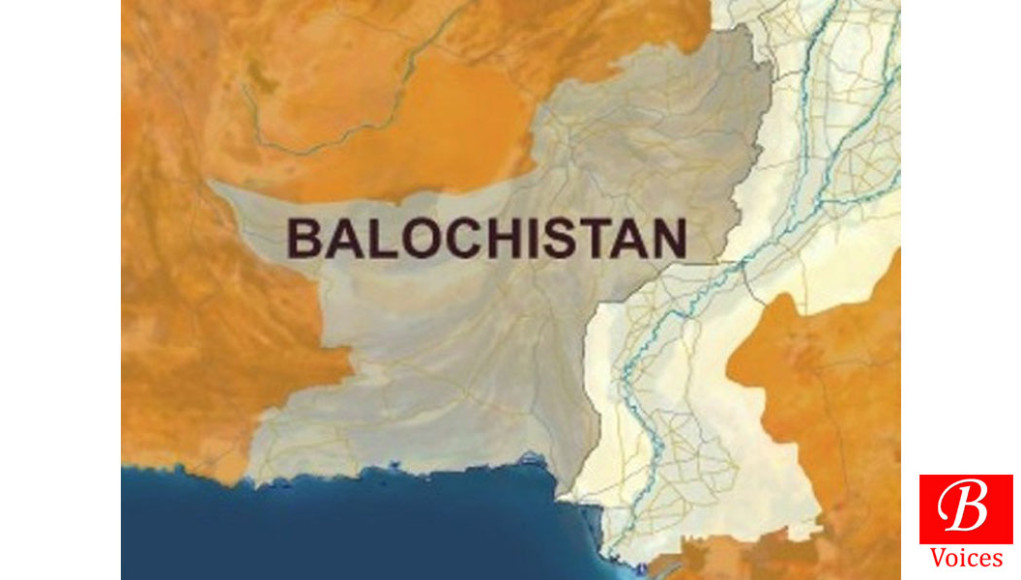Adnan Aamir
In the early days of August, 37 cases of COVID-19 were reported in Balochistan. On August 3 and 4, three cases were reported each day. This is a massive decline from the figure of 530 positive cases on June 6. From mid-May to mid-June, the daily average of positive cases in Balochistan was between 150 to 200. At the same time, daily testing for COVID-19 fell from 1,435 on June 6 to 235 on August 4. Just like the trend in the rest of the country, the curve of COVID-19 has almost been flattened in Balochistan.
The reduction in COVID-19 cases has resulted in life returning to normalcy. Although Balochistan government has imposed a smart lockdown till August 17, it is relatively relaxed. Now, commercial establishments are allowed to operate from 9 AM to 12 AM every day of the week except Friday, which has a full-day lockdown. Except for dining inside restaurants and marriage halls, everything else is open in the province.
As the load on hospital beds of Corona wards reduces, and people return to their jobs, it is important to assess the impact of COVID-19 on the marginalised sections of the society. Balochistan is the poorest province in Pakistan where every three out of four people live below the poverty line, according to Report on Multidimensional Poverty 2016 released by the Federal Ministry of Planning and Development. With this high level of poverty, people engage in small-scale jobs to earn their livelihoods. However, the four-month long lockdown has crippled the backbone of the lower economic class of society in the province.
Around half a million people lost their jobs in Balochistan due to the COVID-19 pandemic
The government has estimated the number of people who lost their jobs due to the COVID-19 pandemic. According to COVID-19: Balochistan Socio-Economic Impact Assessment Report released by the Planning and Development Department of the government of Balochistan, as many as 360,000 workers had already lost their sources of livelihood in the first two months of lockdown. The same report states that if lockdown continued for two to four months, 670,000 people would lose their jobs. In the case of a high impact scenario, around 1.1 million people would be rendered jobless. Although the COVID-19 did not result in a high impact scenario in Balochistan, the lockdown continued for four months. It is safe to assume that around half a million people lost their jobs in Balochistan due to COVID-19.
Now that COVID-19 is almost over, what will happen to 500,000 newly jobless people? These are not only half a million people but around 2.5 million more depend on them for financial support given the family-based dwelling culture of Balochistan. These huge figures of joblessness will manifest themselves in a very undesirable manner.
For instance, on July 30, four people were killed and dozens of injured when protestors clashed with security forces at the Pakistan-Afghan border in Chaman. Notwithstanding the historical and political dynamics of the border dispute, this clash was mainly motivated by economic factors. The Pakistan-Afghan border at Chaman was closed since March due to COVID-19 and it had badly affected the livelihoods of people who carry goods across the border. Now that the situation has improved, these people expected reopening of the border and resumption of their livelihoods. When the government did not do that, there was a confrontation which led to an unfortunate violent clash. Such incidents will likely reoccur if the problem of livelihoods of these affected people is not resolved.
The provincial government of Balochistan has also failed to take any concrete steps to help the lower sections of society which is suffering in this scenario. The government presented a COVID-19 budget with a record deficit but it did not entail any plan for economic recovery. This means that so far the government has not realised the gravity of this problem for the province. Prior to the budget, the government had introduced a microfinance scheme for underprivileged people. With loans in the range of 25,000, this scheme will be ineffective to deal with the wider scope of the problem.
In this backdrop, the burden of responsibility lies on the both the provincial and federal governments to carry out effective interventions to prevent further exacerbation of the problem. Both governments must join forces to make investments in the province which results in job generation. This can be in the form of helping establish small businesses or help expand existing small businesses to medium-sized entities. Likewise, the governments must also encourage investors all over the country to invest in the province and provide them with an enabling environment. It must be noted that given the level of the problem, only jobs generated by the private sector can help control the crisis.
The federal government must also start a one-time loan program for the affected people. The amount of the loan should at least be half a million and it should only be given for people who want support to restart their business activities irrespective of how small is the nature of the activity. This loan scheme would most probably result in losses for the federal government in the form of non-repayment of the loans and defaults. However, this is a price that the government in Islamabad has to bear for its largest province.
If governments in Islamabad and Quetta do not work on a financial package, then there might be huge negative implications for the economic stability of Balochistan. More and more people will be forced towards crime and other social vices. As a result, the government has to spend more on security and this will further hamper the progress of Balochistan.
Originally published in The Friday Times
Share your comments!








